Antarctica - Where Deep Calls to Deep - February 2019
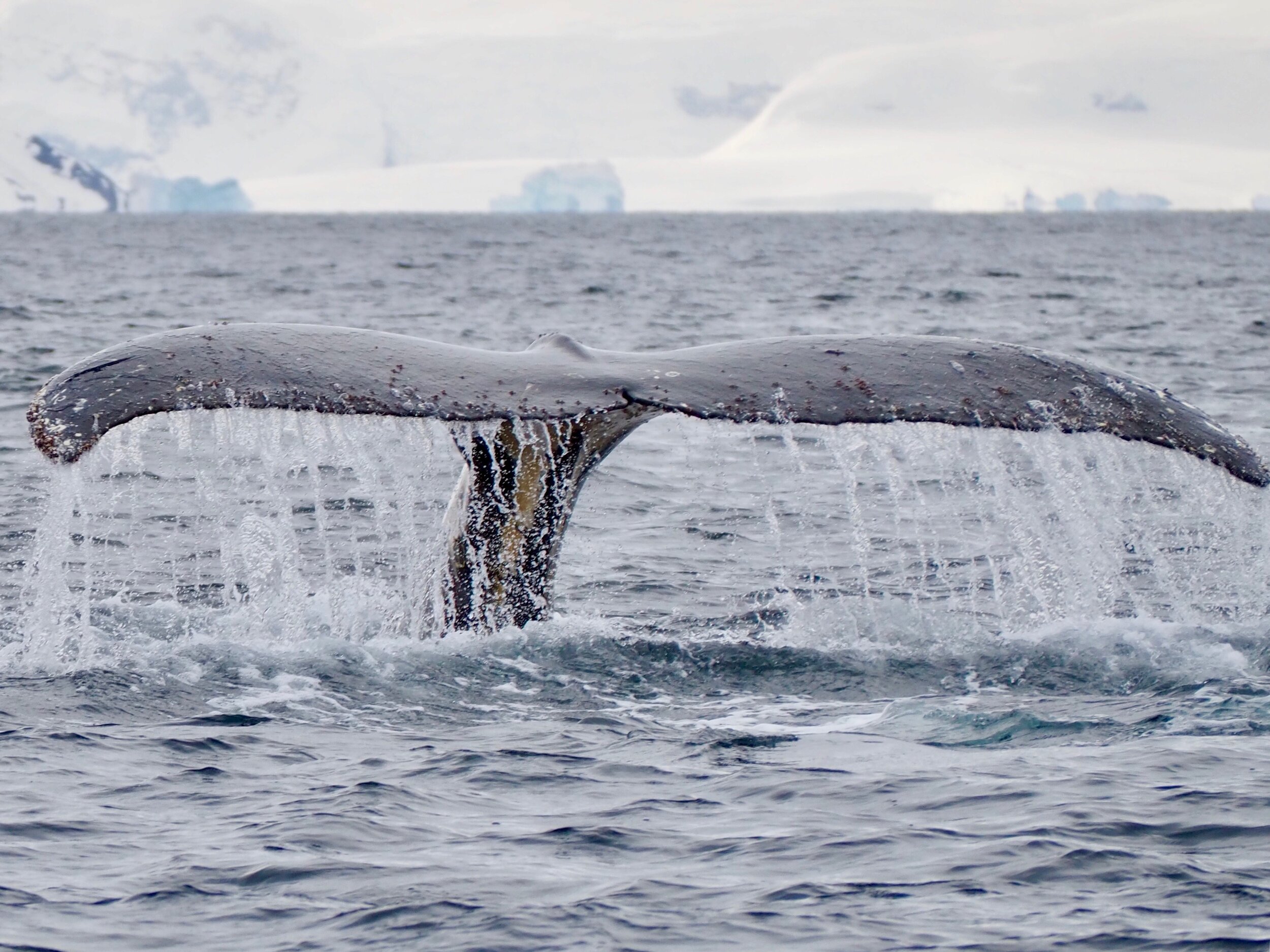
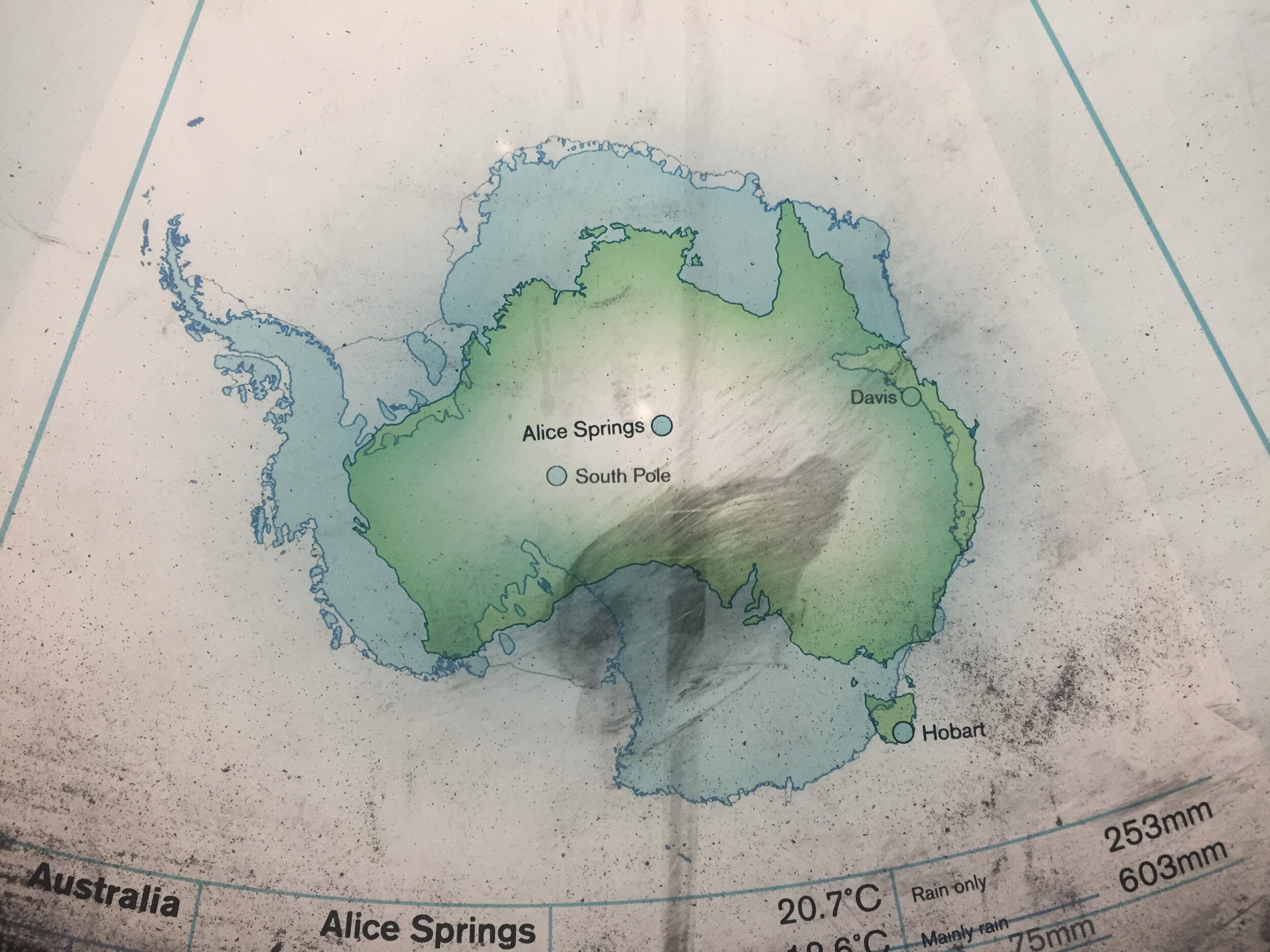
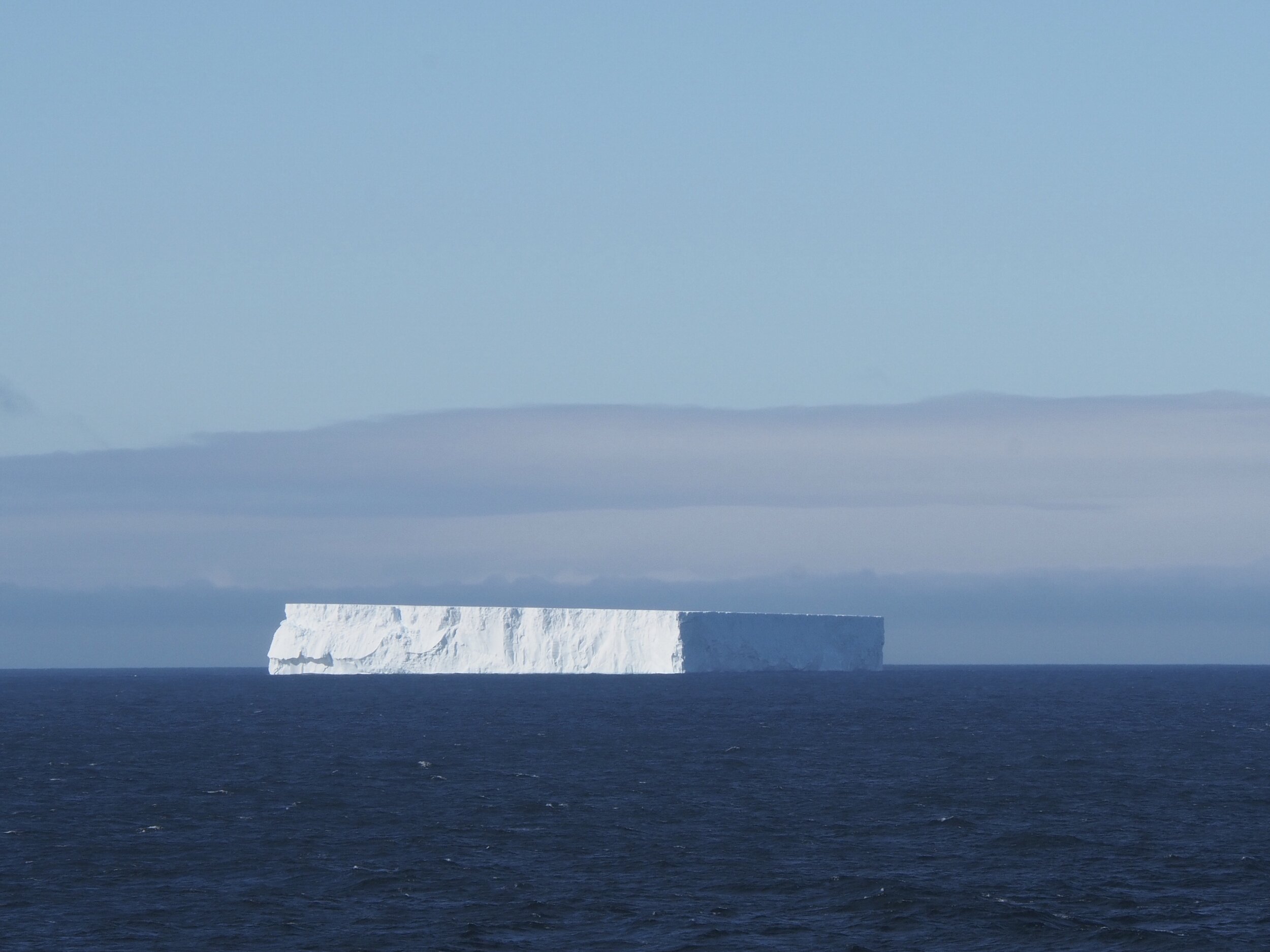
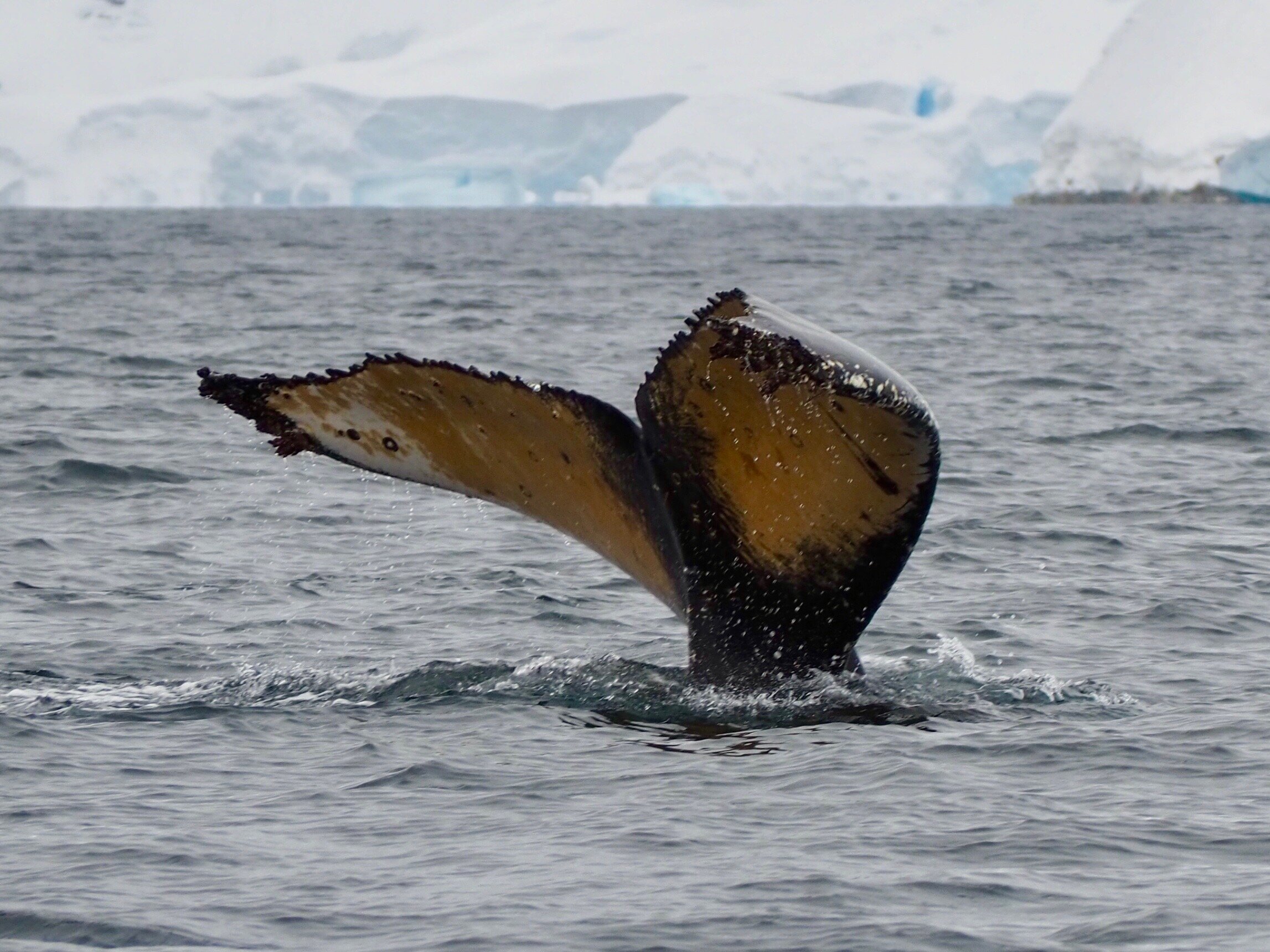

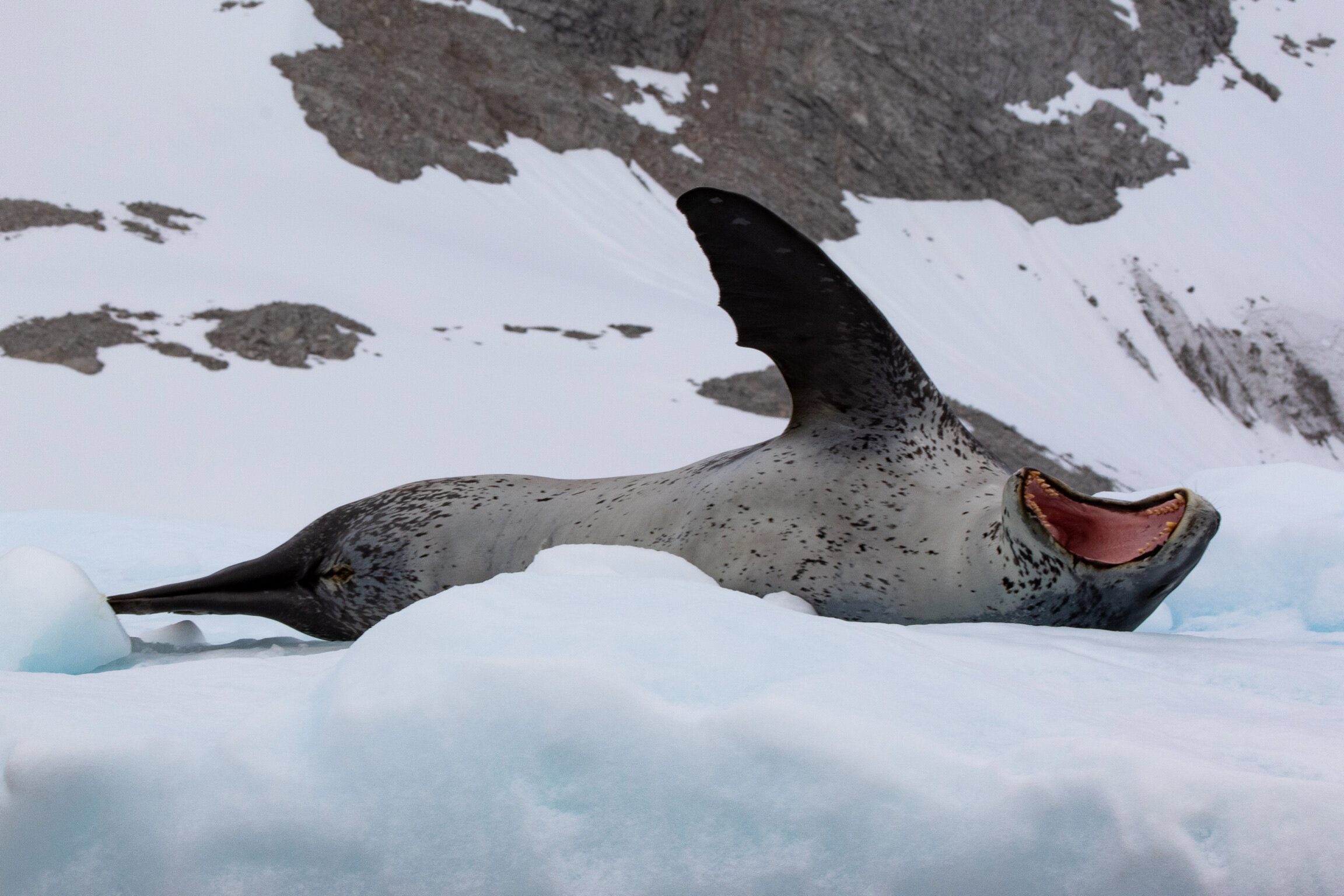
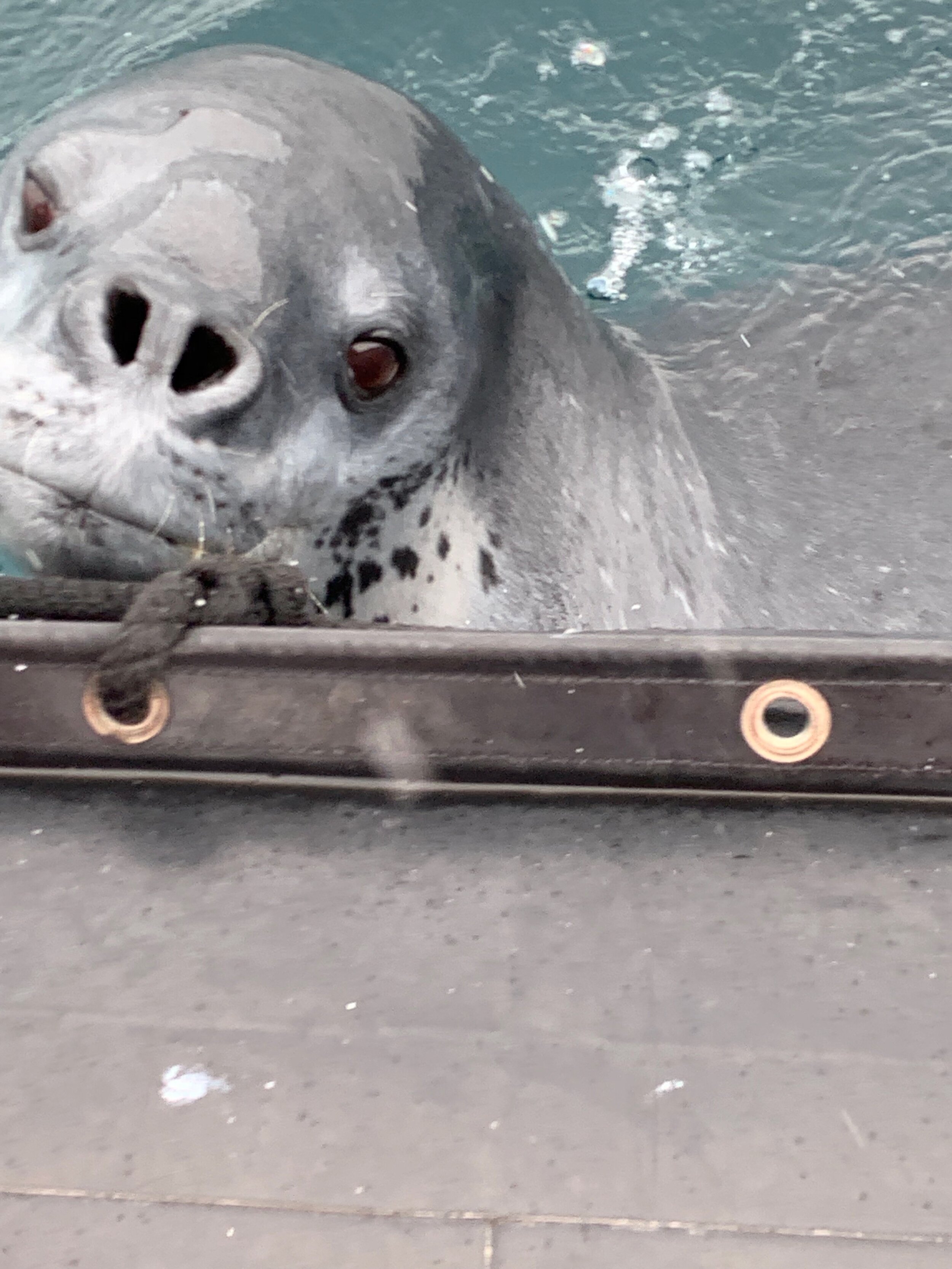

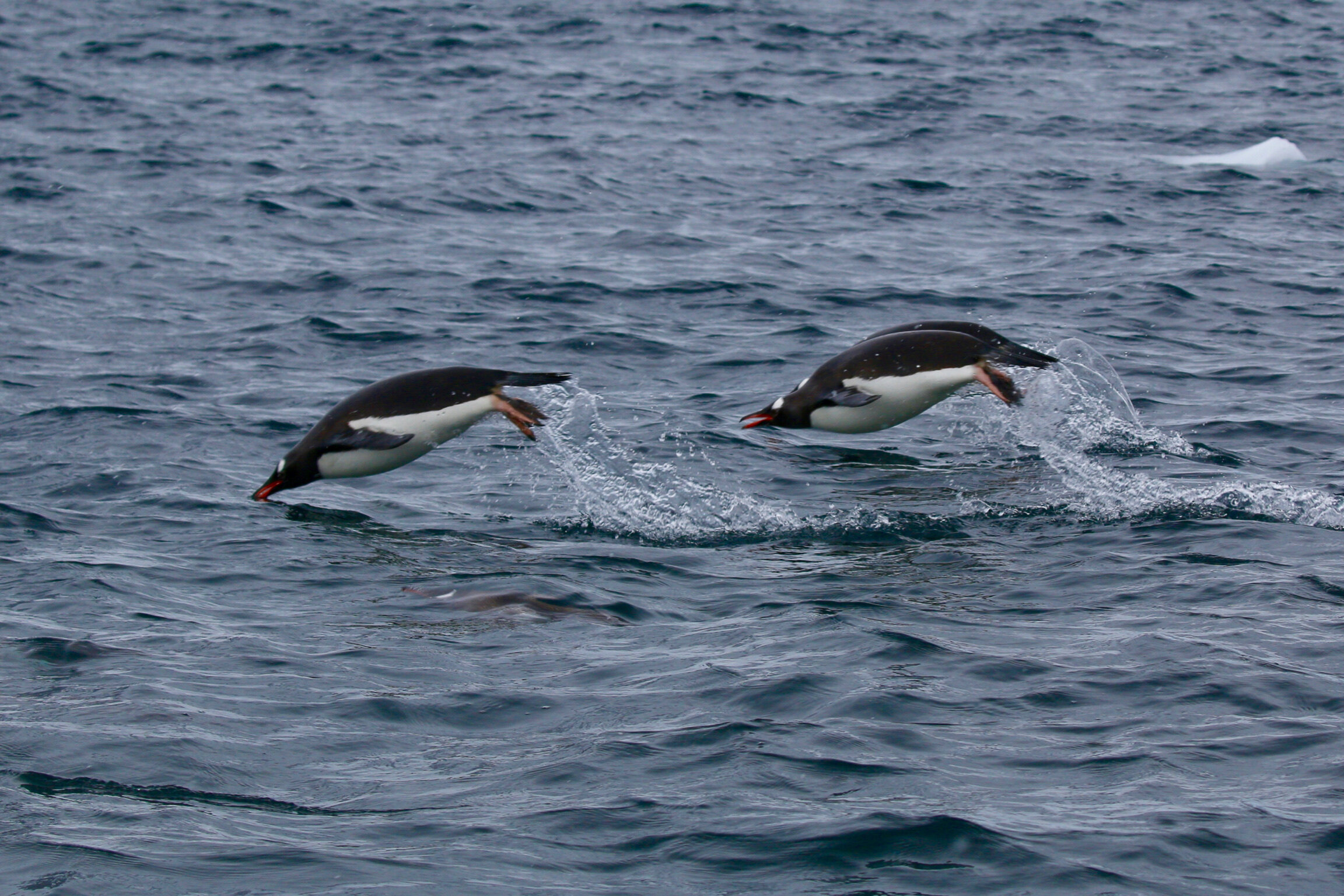
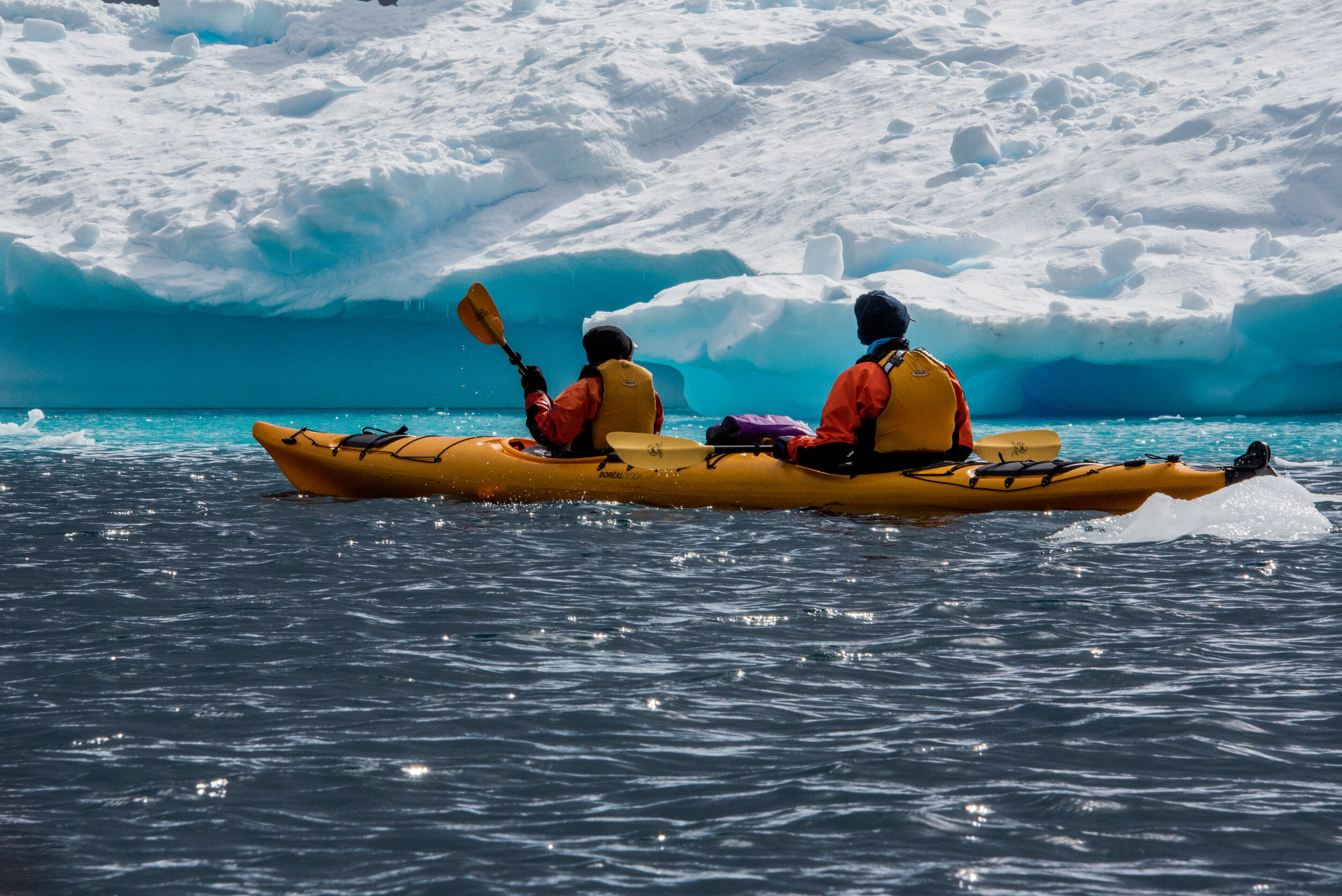


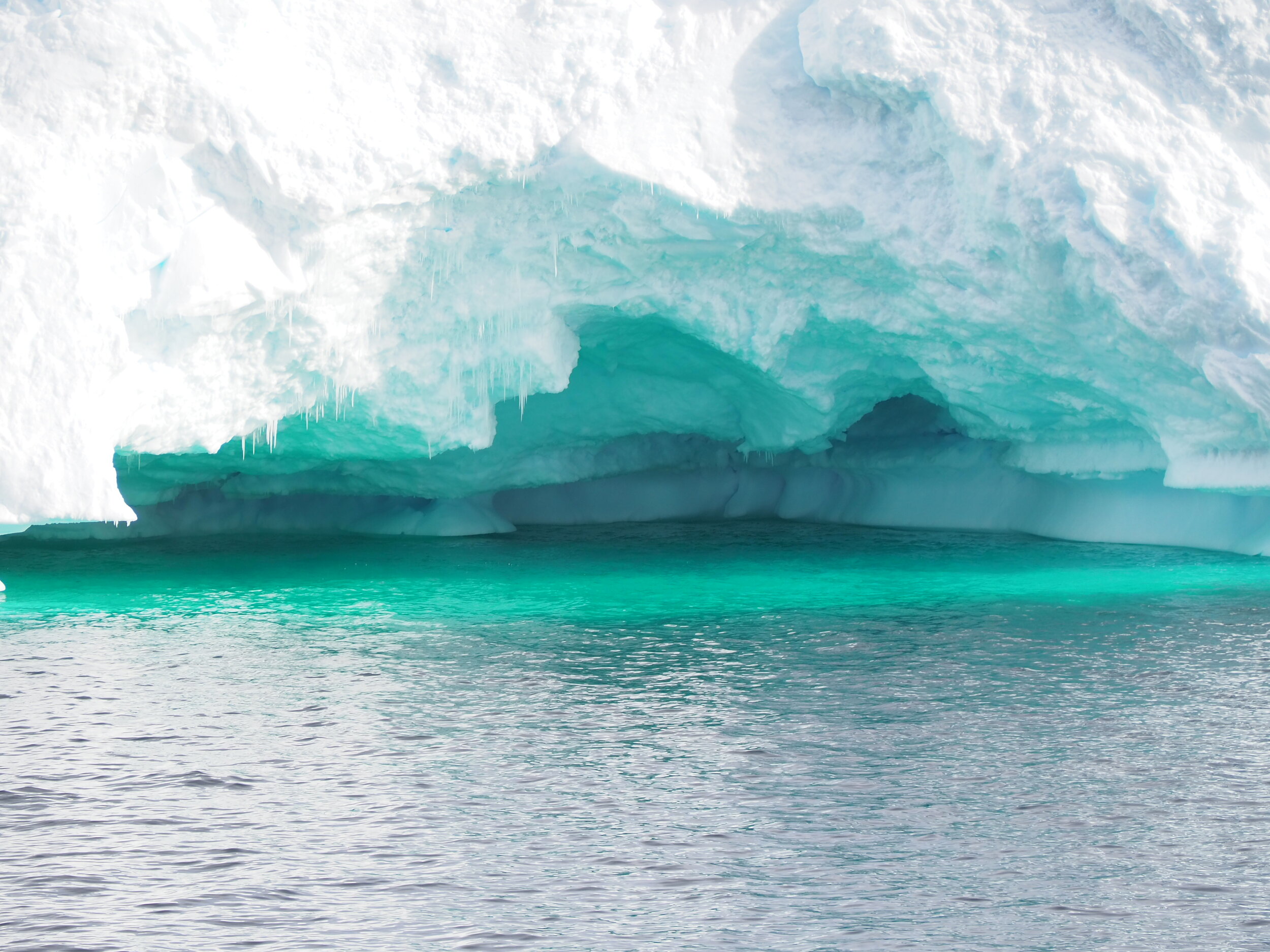
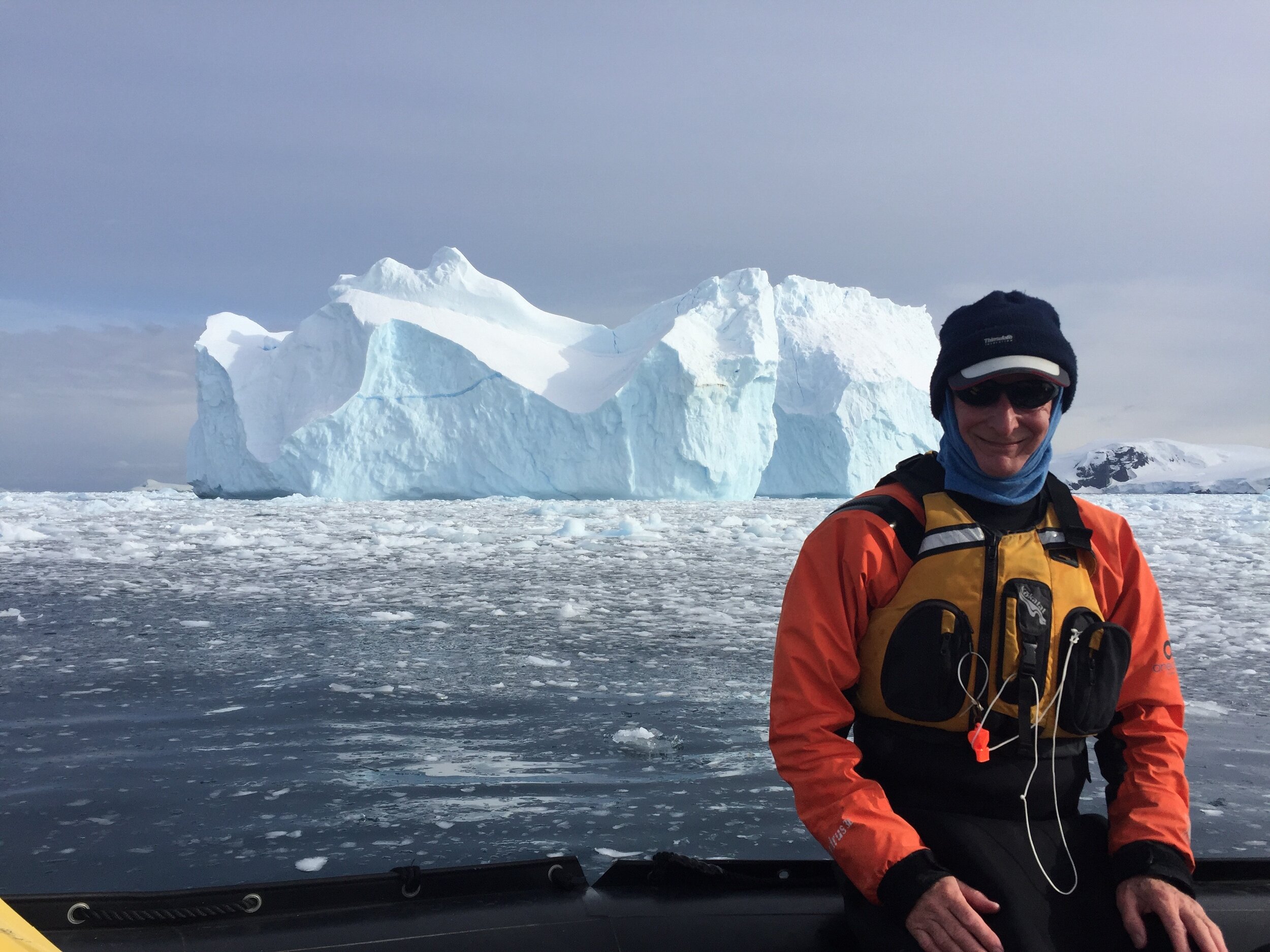
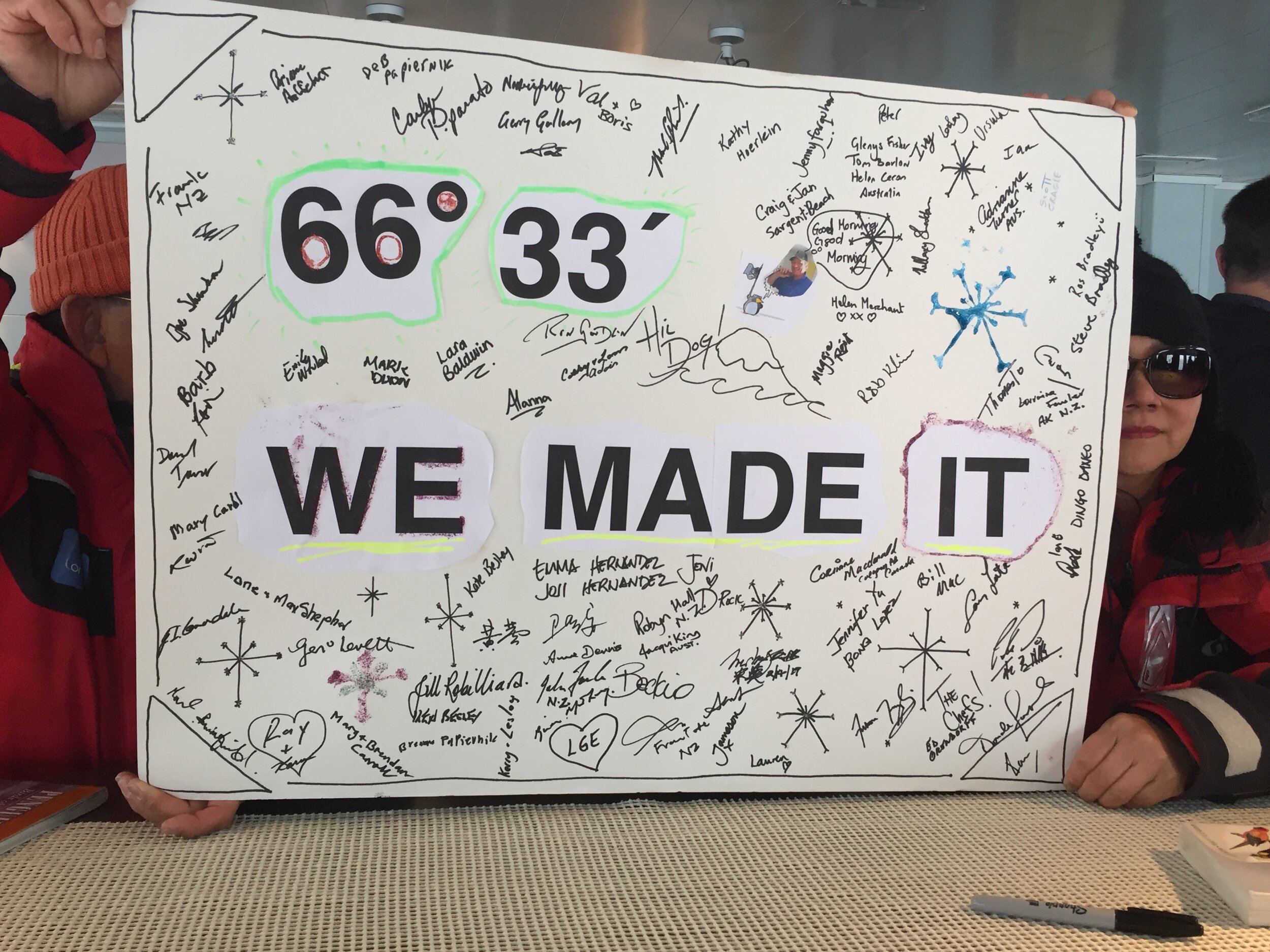
Last week a friend asked me to describe Antarctica in three words? Massive, majestic and mighty, I replied. How about ‘awesome’? Yes, but sadly this word is too overused to have any meaning. Antarctica is also rather colourful! Really? Yes, there are reds, yellows and greens as well as the more anticipated azure blues, greys and white.
I had not realised the Continent’s vastness; Australia fits very neatly into its polar boundaries. Massive indeed! Travelling there, with good friends, in February 2019, we took 2½ days to cross the dreaded Drake Passage from the Falkland Islands down to the Antarctica Peninsula, the finger of this Continent. Stabilisers helped contain the rolling heavy seas and the 60 knot winds! And when the sun lit upon our first iceberg all was forgiven: our flame was ignited! Excited, we couldn’t wait to learn more about the enigmas of this icy world: its flora and fauna, geology and historical explorations.
Seals, whales and penguins all call Antarctica home. So do hundreds of Antarctic terns who enjoyed chasing the boat, especially in the mornings, and scavenging skuas were everywhere! Humpback whales were abundant: Wilhelmina Bay became Whalehelmina Bay when pods breached and tails ‘fluked’ repeatedly one magical sunny afternoon. Lots of celebrations and photo sharing that night.
Occasional sightings of minke whales but no orcas or killer whales, thank you! Our resident historian told us the true and dramatic story of ‘wave washing’, first written up by Captain Scott in his journal (1911/2). Orcas on the hunt create huge waves, washing seals off small ice floes into the water before they are devoured. See it on Blue Planet now!
Seals looked gentle and cute until one started biting the zodiac (inflatable boat). Penguins are a sheer delight, charming everyone in their path. We mostly saw Gentoo and Chinstrap. Here, two Gentoos dive through the water. Did you know that large penguin colonies can poo so much that scientists can see it from space? Wow!
Kayaking was the highlight of the trip as we donned dry suits to paddle the glassy and choppy waters, against a backdrop of rugged and pristine untouched shorelines. A raw and unfiltered experience. I loved the sheer physicality of kayaking and the rhythm of paddling as we skulled amongst brash (crushed) ice and ice floes. The quiet nature of kayaking allowed us to see wildlife up close (but not too close!). Seals lay peacefully asleep on small ice floes, blissfully unaware of our presence and whales seemed to frolic and breach just for us. And of course, we heard the beautiful lapping of waters as we kayaked gently by. It was wonderful to be out there and close to the icebergs and the wildlife yet, as one friend described, ‘still remain an innocent bystander to the wonders of nature.’ What a privilege!
Silence was not always golden. Whales use sounds (or songs) for hunting, navigating and communicating. Then there were the roars or yawns from seals and ‘squawks’ from penguins. On a penguin colony, their noise is a loud buzzing chatter, and the stink of their guano (poo) is something else …
One day Steve (my husband ) and I were the sole kayakers and unexpectedly we came across a deserted bay - or so we thought. To our amazement, we saw 4-5 small yachts nestled amongst the ice floes. They looked rather miserable and forlorn as we kayaked by in a light snowstorm. One sailor told us he’d not had a shower in 3 weeks! Sometimes I pinched myself that we were there watching, reflecting and resting in the blue and white beauty of these still waters.
We saw some huge icebergs which were dramatic and majestic. Their azure colours (old ice) were both beautiful and rather humbling. On one occasion it took 3 hours for our boat to pass just one iceberg! Some were vivid greens or blues, and some were extraordinarily shaped. I learnt that the mountains in Antarctica were once part of the Andes, albeit in Gondwana times.
Climate change was a constant companion on this trip. With blunt honesty, experts on board reminded us of the threats to our fragile environment. Warming sea waters result in dramatic loss of major ice shelves and hence rises in sea-levels. These warmer waters are becoming more acidic, which in turn affects food sources as well as more extreme weather events. We were inspired to care more about climate change and reduce our Co2 emissions – actions speak louder than words.
After several grey and foggy days, our boat, the Akademik Sergey Vavilov, reached the Antarctic Circle (latitude 66° 33ʹ 39ʺ south of the Equator) before heading back up to King George Island, the northern island of this vast continent. In essence, we just grazed the very edge of Antarctica peninsula. The poor weather did not matter. Such conditions were typical, and every day was different.
Occasional sketches resulted. And when the sun did come out it was totally breath taking! Dawn began around 4am, a reluctant deep blue with daylight lasting until around 10pm.
The huge scale of the continent was impressive as was the desire from all expedition companies for Antarctica to remain in a pristine state. The crew and our expedition guides - glaciologist, historian, naturalist and kayak leaders etc were all terrific and surpassed our hopes. They were extremely knowledgeable and passionate about their subject and all had a responsible approach to tourism. Antarctica’s amazing landscape did not disappoint. Everyone knew it was a huge privilege being there and very much a unique and life-enriching and learning experience. A place where deep calls to deep.
Afterword: I have been asked to expand on this phrase where deep calls to deep.
These words express the profound sense of the numinous I felt amidst this very beautiful and pristine part of the earth – testimony that we are part of a mystery so much larger than ourselves. I also felt humbled by the sheer fragility of our planet, the enormity of the scientists’ predications of climate change and an urgent sense that we must all try to act with wisdom, courage and diligence.